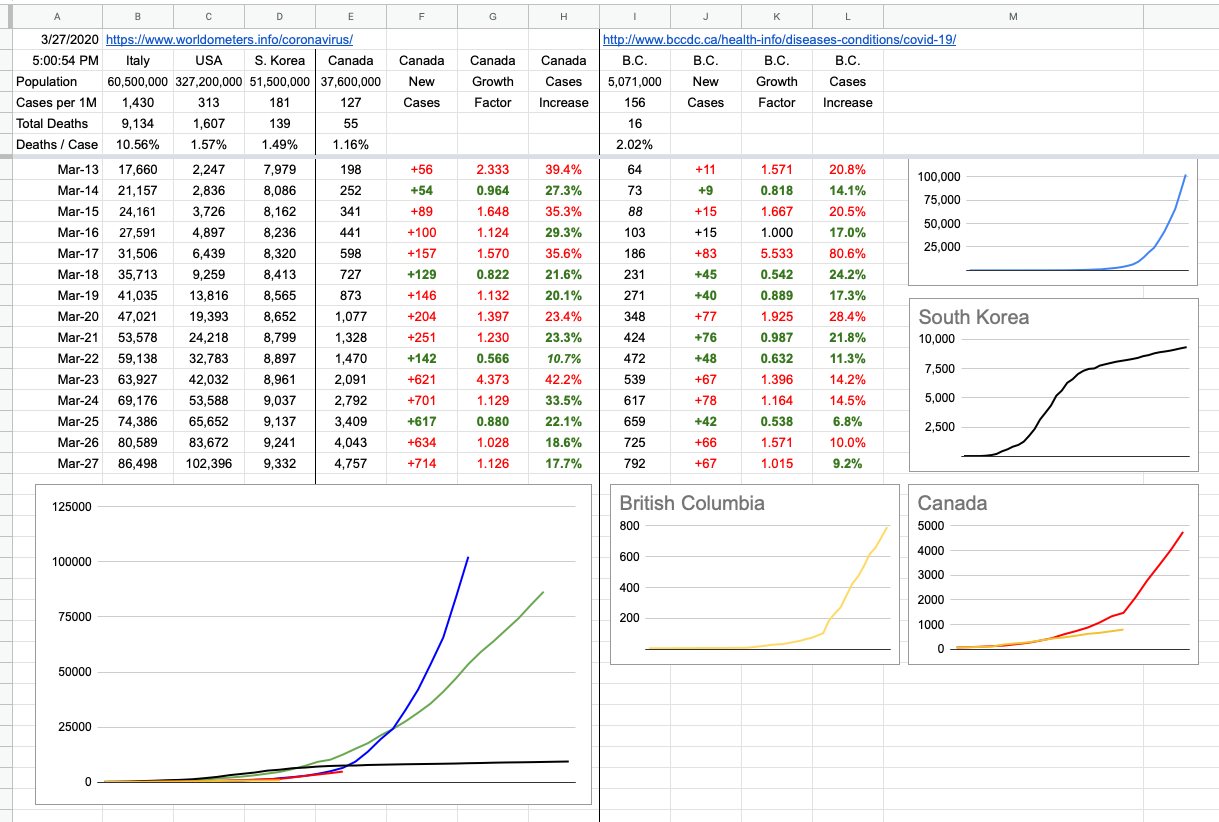Day 16 – April 1, 2020
I’m going to talk about antibiotics for a moment.
Important point number one: COVID-19 is a virus, not a bacterial infection. Antibiotics won’t work. Secondary complications that can arise, like pneumonia, are… and those would be treated with antibiotics… but if someone has told you that taking some antibiotic may prevent you from getting this virus, or might help treat it, they’re wrong. And if you’re taking some antibiotic for no reason, stop. Which leads me to point number two…
If you’re supposed to be taking antibiotics, there’s exactly one correct way to do it. When the doctor prescribes them, she will look you in the eye and say “Be sure you complete the entire course, till you’ve taken them all, till the container is empty.” That might be 3 or 4 times a day, and it might be a week or two weeks or 3 months. When you pick up the prescription from the pharmacy, the pharmacist will tell you the same thing.
The reason is simple, and we will use a simple example: War. I have an army of 100,000 and you have an army of 100,000, and we battle it out, and since my army is better than yours, I’m down to 20,000 men, but you are down to 50… and we have all you backed into a deserted building and we’re about to surround you and finish you off. But instead, for some silly reason, we decide we’ve already won and we’ll show some mercy, and we let you go. So off go your 50 men, rebuild their army, and in a few months, you come back with a replenished army of 100,000 and destroy me, because chances are that’s a much tougher group than the original 100,000.
Why? Because those last 50 out of 100,000 men were the toughest of the lot. They’re the real survivors, having made it to the very end. They’re the last people you should let go. They’ll go off and recruit and train equally-tough warriors before returning.
So, if you’ve got some bacterial infection, and let’s say you’re supposed to take a course of antibiotics for a week. To begin with, you’re feeling really awful, and you start taking them and guess what, it’s the perfect antibiotic for what you’ve got, and after the third day, you’re feeling fantastic. It’s all cleared up. Awesome. But ugh, taking these pills is so annoying. And you have to stay up so late or get up so early to take one, etc etc. You’ll just go down to two or three a day, what difference can it make. Maybe you’ll just stop.
What you’re basically doing is letting the strongest of the bacteria live on, re-group, and re-attack. Maybe not you, but someone else. And, worse than that, they might mutate a bit, be a bit more resistant to that particular antibiotic… and then, after that cycle has repeated thousands of times, you’re left with our present-day problem of drug-resistant bacteria that require a whole new suite of antibiotics, many of which have yet to be invented.
The relevant connection is to our present-day plight. The COVID-19 is the bacteria, and you and I are the antibiotic.
We’re on “day 3” of that “7-day” antibiotic course. Our social-distancing seems to be making a difference… but we’re not cured yet, and loosening up the treatment can quickly change the outcome. The fact it’s working is all the reason in the world to keep doing it properly.
I actually had another example… it involves the Canucks and the Bluejackets and allowing 4 goals in the 3rd period. But you know what, YouTube is full of videos… cyclists raising their arms in the air in victory as they approach the finish line, only to be passed at the very last minute. Or football players spiking the ball 3 inches before crossing the goal-line, fumbling the ball instead of scoring a touchdown.
The countless examples all point to the same thing, and by now I’m sure you get it: There is no victory until you actually cross the finish line, the game ends, the enemy is extinguished. Etc. Etc. Etc.
Keep taking the medicine… it’s working, but we’re not cured. And abandoning the treatment now could lead to non-victory, whatever that looks like. I don’t know, and nobody wants to find out around here… and for those that are not from around here, look around at the world at places where physical distancing has been implemented correctly, and its effects. And, even more to the point, look at where it hasn’t.
View Original Post and All Comments on Facebook




